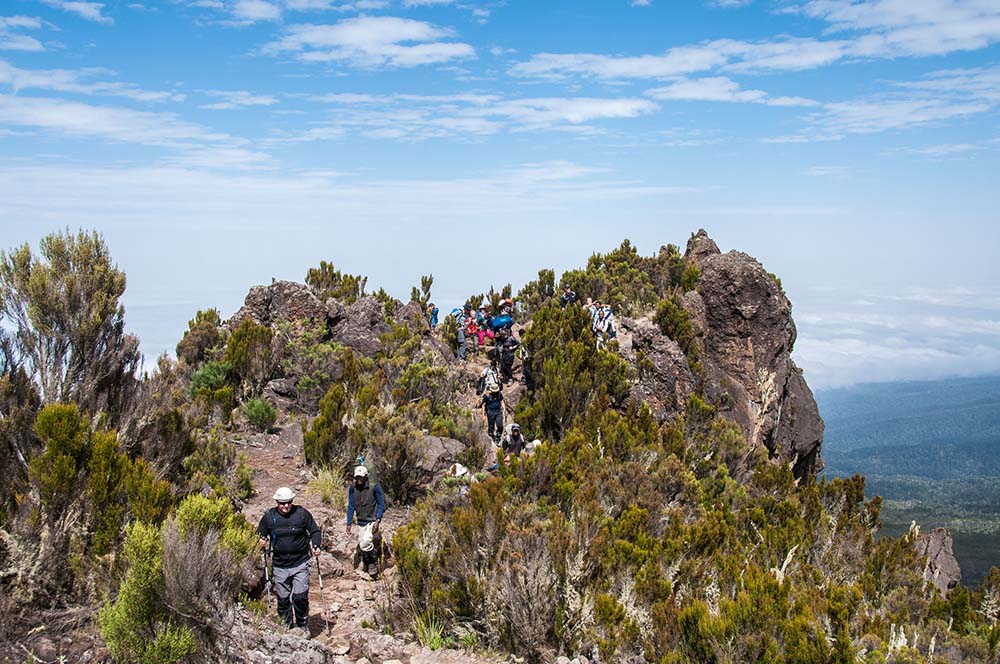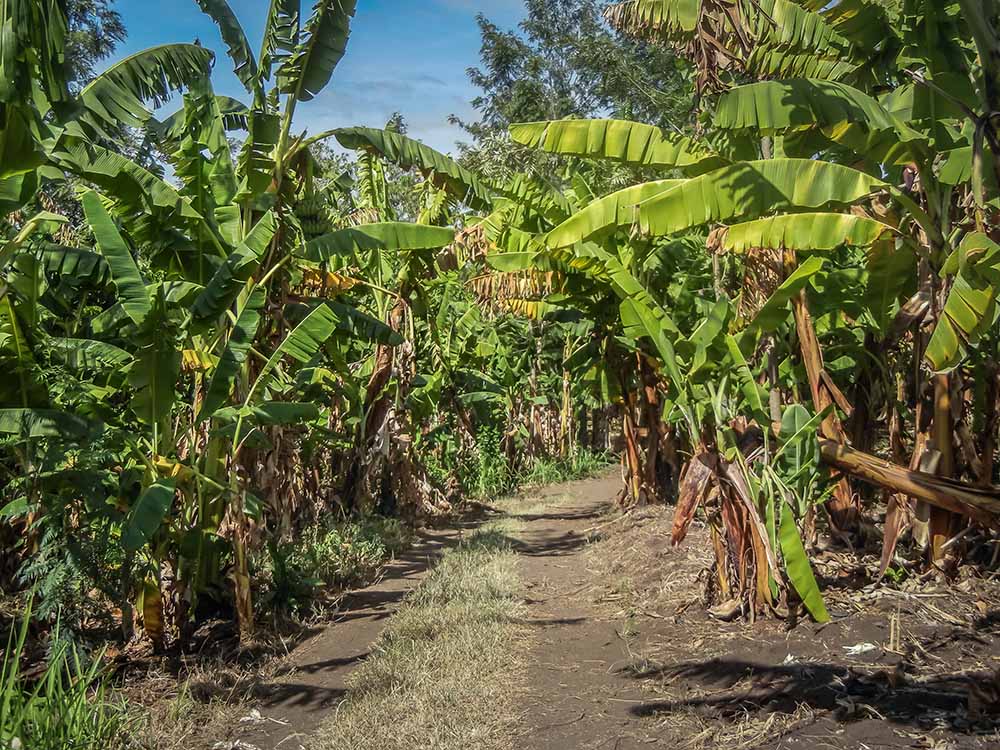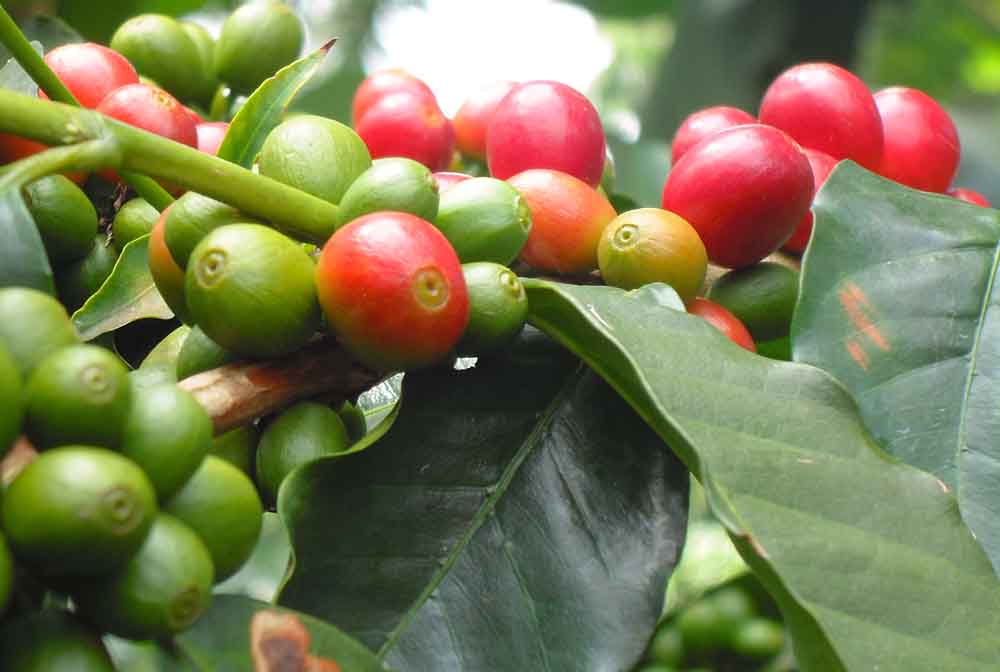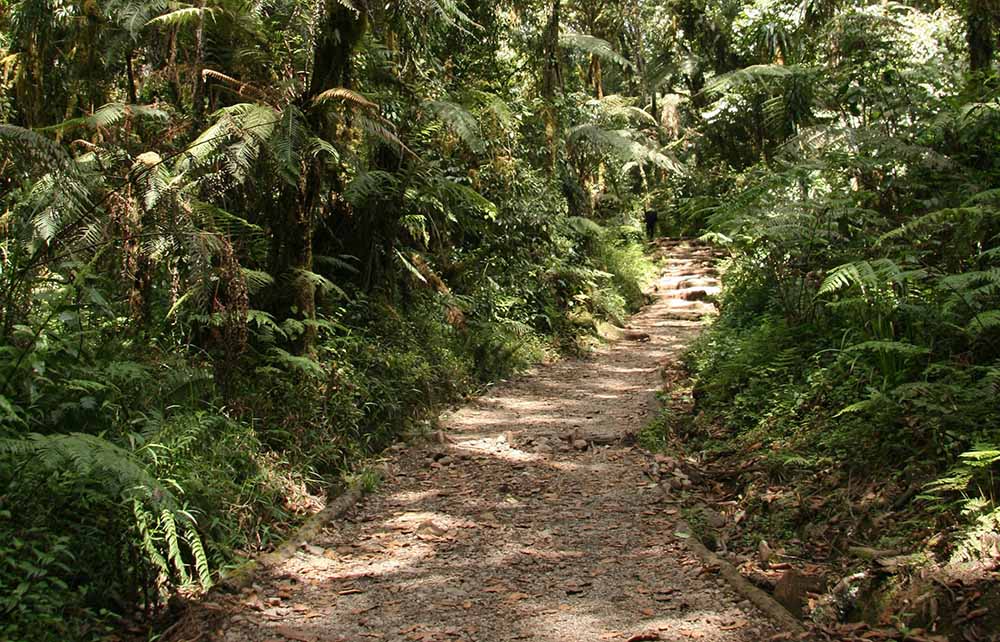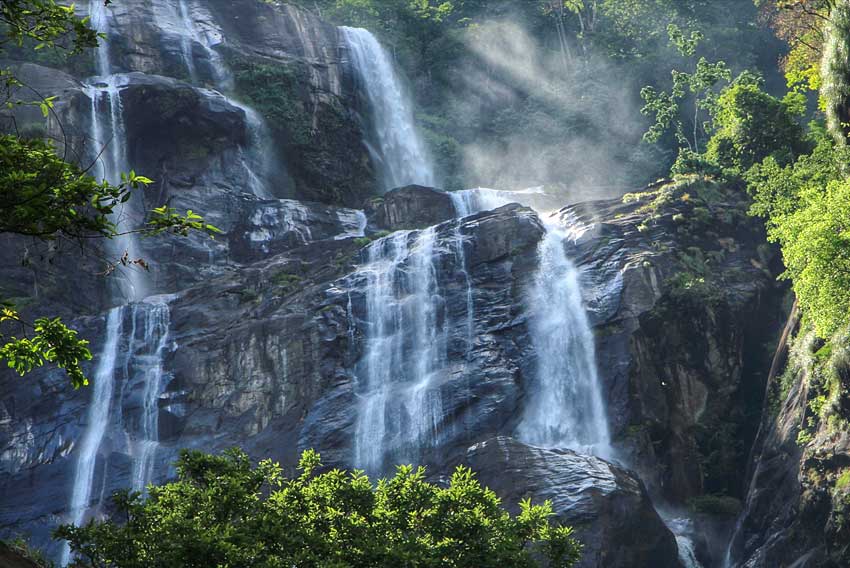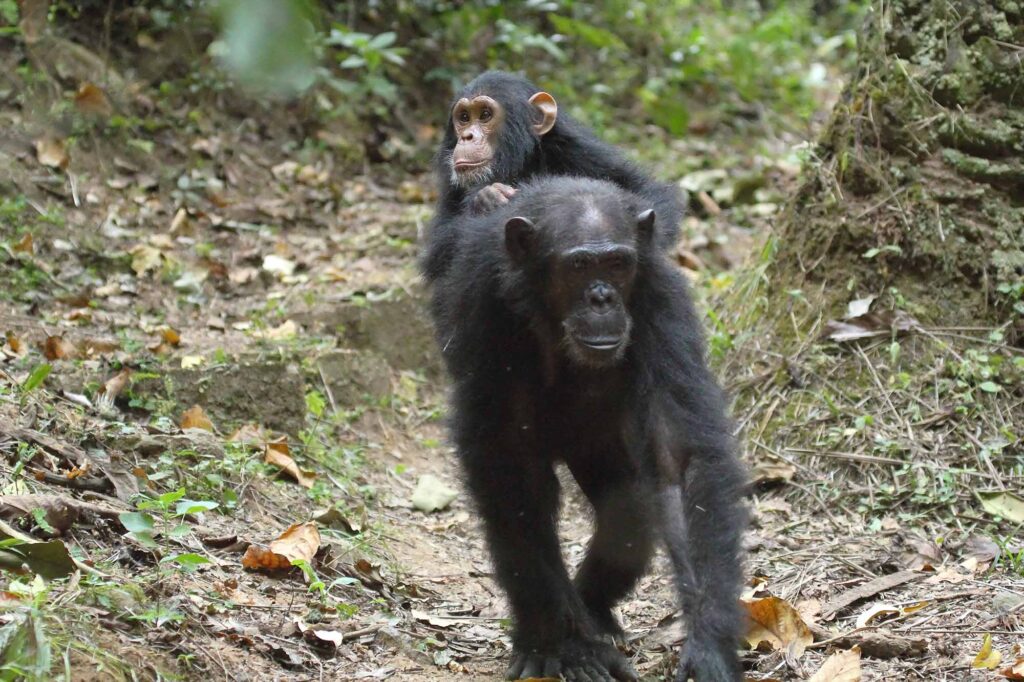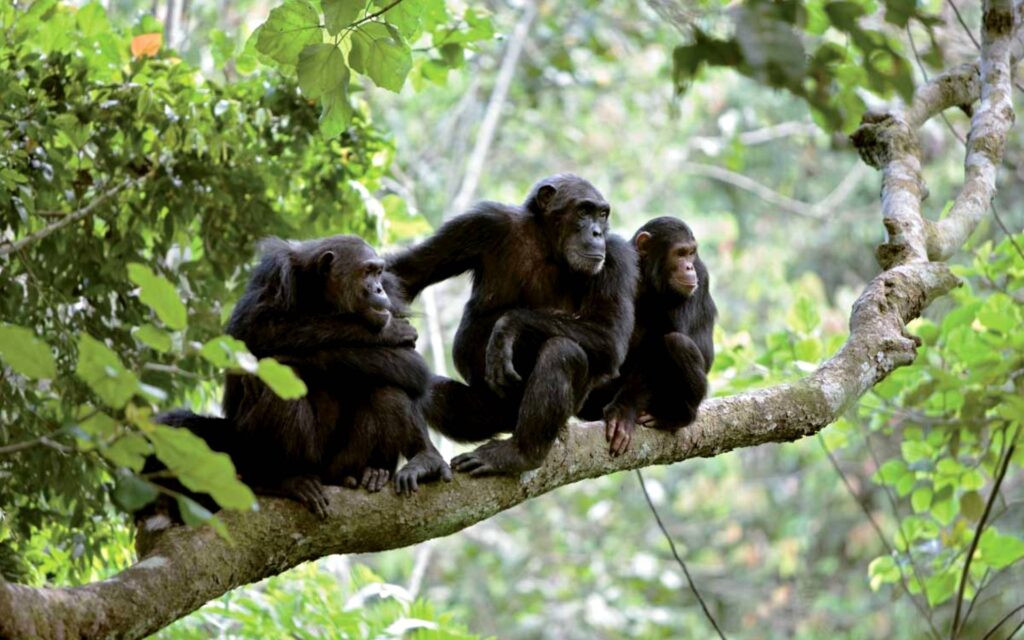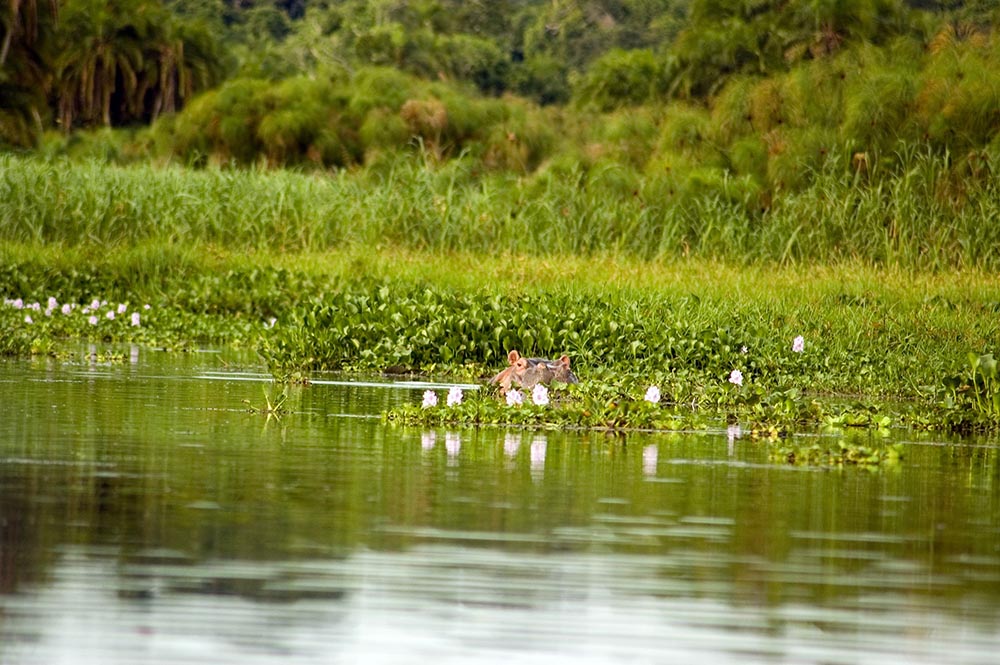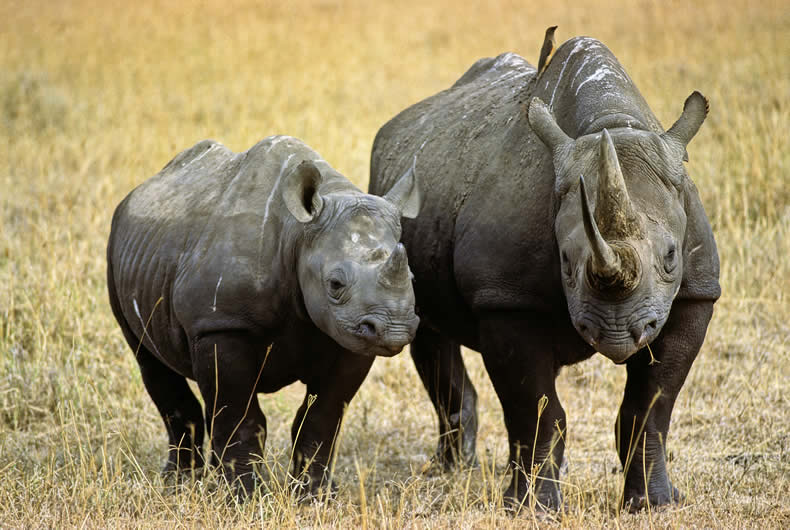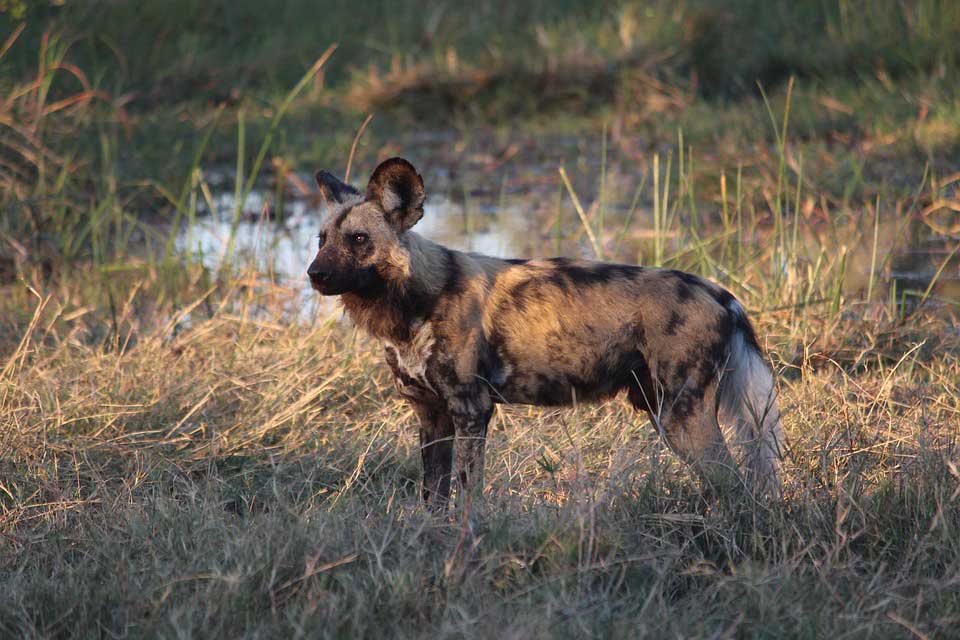Kilimanjaro National Park
Overview
Home to Africa’s highest mountain, Kilimanjaro National Park is one of Tanzania’s most iconic destinations. Rising to 5,895 meters (19,341 feet), Mount Kilimanjaro is not only the world’s tallest free-standing mountain but also a UNESCO World Heritage Site.
The park encompasses a variety of ecosystems, from lush montane forests and moorland to alpine desert and snow-capped summit. Along the way, trekkers encounter diverse flora and fauna, including colobus monkeys, blue monkeys, duikers, and dozens of unique bird species. Even if you don’t summit, simply experiencing the mountain’s dramatic presence is unforgettable.
Kilimanjaro’s glaciers, crater, and sweeping views over the plains of Tanzania and Kenya make it a bucket-list destination for nature lovers and adventure seekers alike.
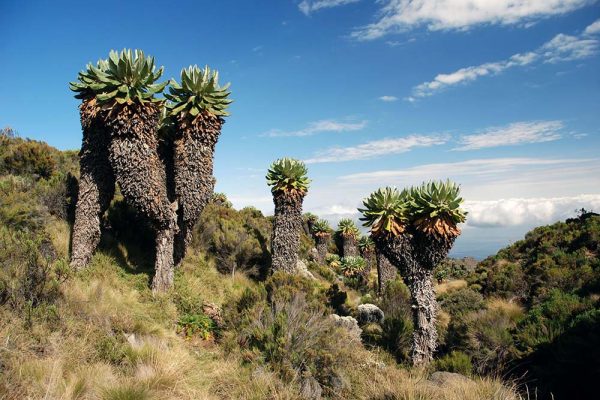
Park Highlights
Home to Mount Kilimanjaro, the highest peak in Africa at 5,895 meters
Offers multiple trekking routes, from easier to more scenic and remote
A UNESCO World Heritage Site with stunning ecological diversity
Walk through five climate zones, from rainforest to arctic summit
Rich in wildlife and birdlife on the lower slopes, including colobus monkeys
Activities in Kilimanjaro
- Mount Kilimanjaro Trekking: Choose from routes like Machame, Lemosho, Marangu, Rongai, Umbwe, Northern Circuit, or Shira—ranging from 5 to 9 days. Each offers distinct scenery, acclimatization profiles, and success rates
- Guided Nature Walks: Explore the lower rainforest and montane zones with knowledgeable guides to discover plants, birds, and primates up close
- Cultural Excursions: Visit local Chagga and Maasai villages near the park—enjoy traditional dances, coffee tours in the foothills, or community-led cultural experiences
- Birdwatching: Take advantage of the park’s rich birdlife—most prevalent in the forest zones and lower slopes, perfect for enthusiasts keen on spotting rare species
Best Time to Visit
Long Dry Season (June to October): Offers clear skies, cooler nights, and excellent trekking conditions; ideal for summit attempts with minimal clashing weather instances
Short Dry Season (January to mid-March): Provides warmer base temperatures and dry trails; a calmer climb season with fewer crowds.
Rainy Seasons:
Long rains (March to May): Heavy rainfall and slippery trails, not recommended for climbing
Short rains (November to early December): Light showers may occur but terrain remains passable; overall quieter, greener scenery
Shoulder Months (late June, early March): Perfect balance between manageable weather and fewer hikers—less crowded routes and better lodge availability


